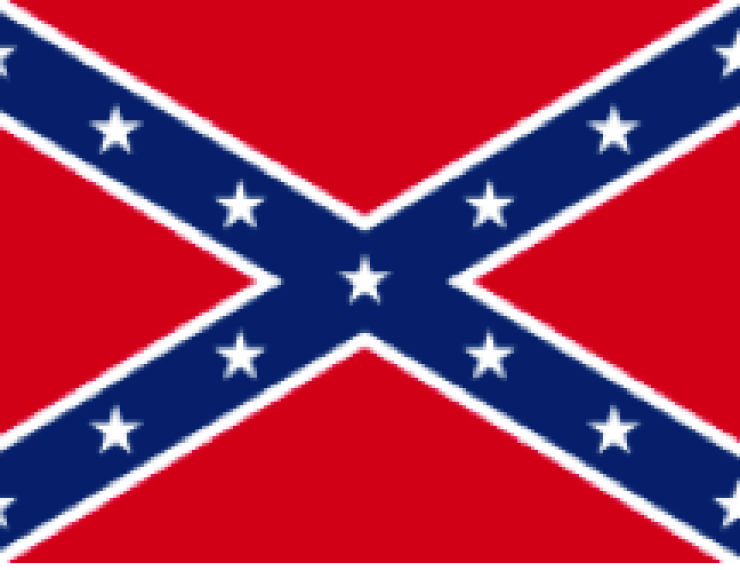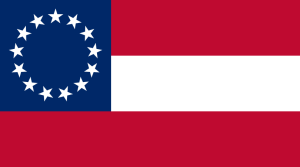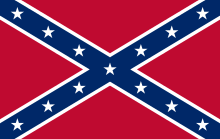The latest mass shooting in America has failed to focus national attention on gun control, but has instead renewed nationwide attention on flag control. More specifically, Confederate battle flag control.
The renewed attention on the iconic yet highly controversial flag was spurred by the apparently deranged gunman who shot and murdered nine innocent parishioners attending a bible study class at Charleston, South Carolina’s Emanuel African Methodist Episcopal Church. The gunman, who was white, reportedly ranted racist comments during his rampage at the historic black church, and when captured told investigators that his goal behind the shooting was to start a race war.
The gunman’s personal website included a racist manifesto expressing deep hatred towards blacks and other races, and included numerous photographs of him posing with guns and the Confederate battle flag. The Confederate flag came to further attention the morning after the attack when activists noticed that all flags on the South Carolina Capital Grounds, with the exception of the Confederate flag, were flying at half-staff as a sign of mourning for the church shooting victims. The issue of the appropriateness of the flag flying on state capital grounds then became a question asked of all the Republican candidates for U.S. president.
The battle flag has been a divisive symbol in the South since the end of the U.S. Civil War. Adopted by the Ku Klux Klan and other racist organizations, the black community has long considered the flag as an emblem of racism and hatred. However, many Southern whites regard the flag as an important symbol of their heritage and history. And the “heritage” view has generally held the upper hand for decades as the battle flag, or vestiges of it, is incorporated into the design of several southern state flags, and the flag has long been flown on many southern state capital grounds, though not without extensive controversy.
Nowhere has the controversy been more heated than in South Carolina. Bowing to pressure, the state legislature in 2000 passed a bill removing the flag from the top of the State House dome and placing it in front of a nearby monument on State House grounds that honors Confederate dead. Despite this compromise measure that removed the flag from a place of prominence, the National Association for the Advancement of Colored People maintains an economic boycott on the state to this day because of the continued presence of the flag on state capital grounds.
That economic boycott may soon come to an end, as the state’s governor has now called for a vote to remove the flag from Capital grounds.
While the flag may soon be removed from South Carolina Capital grounds, the flag itself will undoubtedly remain controversial. Blacks will continue to rightfully see it as a symbol of racism and hatred, and many white southerners will continue to see it as a symbol of their heritage.
Politically, the Confederate Army’s cause was unjust, but from a strictly military standpoint the Confederate Army fought honorably and against tremendous odds. Outnumbered by four-to-one in manpower and more than 10-to-one in war material, the Confederate Army won most of the battles but lost the war. It makes sense that their descendants would want to feel pride for their battlefield accomplishments and honor their success as warriors.
Ironically, the battle flag was never an “official” flag of the Confederacy. Variations of the battle flag were used by the different Confederate armies because the official “Stars and Bars” Confederate flag (pictured above on left) was too similar to the U.S. flag and caused confusion during battle.
The Ku Klux Klan and other racist organizations should have adopted the “Stars and Bars” instead of the battle flag, as the official political flag is probably much more emblematic of their racist views than is the battle flag. The vast majority of politicians who were drafting legislation under the official Confederate flag were intent upon maintaining slavery. Whereas a majority of Confederate soldiers fighting under the battle flag did not own slaves and were fighting more from a sense of duty to state than they were to the maintenance of the institution of slavery.
Not that it really matters, as there is no symbol that can be adopted exclusively in reverence to Confederate Army prowess, as any symbol will always carry the taint of the South’s slave-holding past and subsequent implicit racism.
–M.J. Moye







